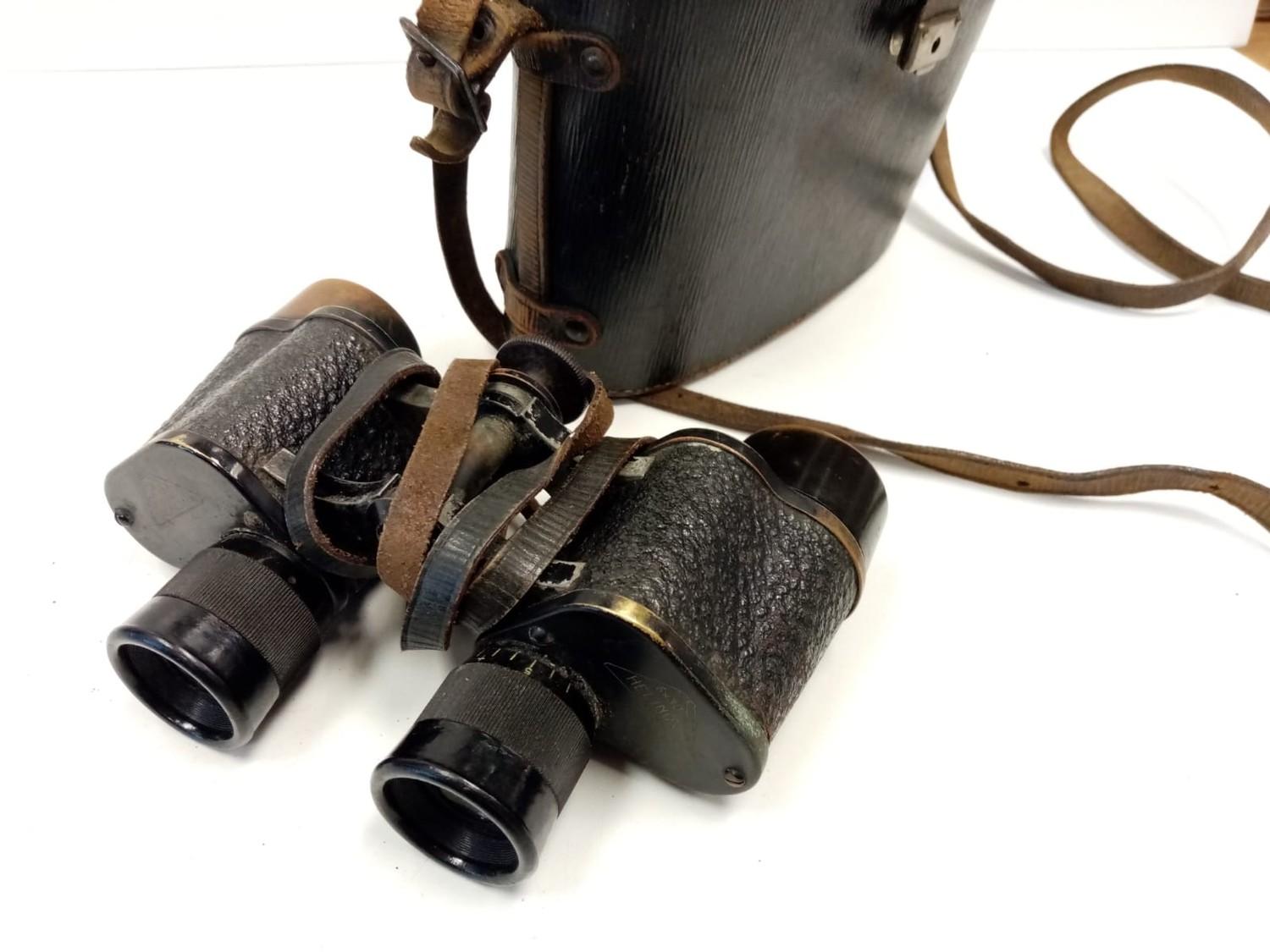
Historical collectors tend to frown on these kinds of permanent changes due to the required drilling into the receiver and cutting of the bolt handle.īut for snipers fighting very real wars in the 21st century with early-20th century rifles, keeping a weapon historically authentic down falls the list of priorities compared to whether it’s effective on the battlefield. Anybody out there got a photograph of a Monica Radar Scope (H2S derivative evidently during WW2) One of my AirCrew Association members is looking for a photo (or the real thing, if you have one in your garage) to illustrate a book he is currently writing. The PU sniper features a bent bolt handle, allowing for the closer eye relief, but to replicate this with a standard Mosin requires making several unalterable modifications which - if done by a hired gunsmith - could cost as much as the rifle itself.

Photographs from the wars show a wide variety of creative scopes, some in the “ scout” configuration featuring a long eye-relief scope mounted forward of the bolt, as the Mosin’s standard “unbent” bolt will interfere with a scope mounted farther back. A modern-day sniper with a Mosin-Nagant whether in Ukraine or Syria can find other ways to add a scope. But because they were less common than the millions of unscoped Mosins the USSR would produce, a genuine PU sniper today can fetch $1,000 or more on the civilian market.Ī standard Mosin is considerably less expensive.īut the high price is mainly a problem for collectors. Like the standard Mosin-Nagant, which is one of the most heavily-produced rifles ever, the PU sniper proliferated worldwide following the end of World War II. “The first real proof of the power of the sniper was to become evident during the German invasion of Russia in 1941.”

“Initially the Germans faced little opposition apart from ill-equipped French and Polish snipers who, though valiant, were woefully few in number and could do little to stem the invading flood,” Pegler and Bujeiro wrote. There were simply more Soviet snipers, with more scoped rifles, than Germany could match early on. Pegler and Bujeiro note that during one ambush in September 1941, Soviet snipers killed at least 75 German soldiers of the 465th Infantry Regiment before disappearing into the woods. The Soviet military high command also handed out millions of sharpshooter badges, most likely in a looser fashion than comparable armies at the time, but it did reflect a commitment to the sharpshooter craft in a way that struck fear into the German military. Other databases eliminate the “other” category and include these aircraft in a related category.By 1942, as the German army renewed its offensive into the Russian heartland, the USSR was producing 53,000 PU sniper rifles annually, according to Martin Pegler and Ramiro Bujeiro’s illustrated book The Military Sniper Since 1914. The tables I chose in the Hyperwar database include a class of aircraft called “other” that includes these unusual units. This is because of a number of experimental and special purpose versions of aircraft being manufactured. Some databases show more than 100K fighters having been produced by the US and Canada during WW2. They designed and built the frontline fortifications, creating cover for the infantry and positions for the artillery. I should mention that different WW2 sources have somewhat different totals. WW1, Royal Engineer tunnelling companies, nicknamed 'the Moles', were specialist units of the Corps of Royal Engineers within the British Army, formed to dig attacking tunnels under enemy lines during the First World War. In addition to 100K fighter aircraft, there were nearly 200K of other aircraft manufactured as well. Figure 1 shows the production numbers for the 11 categories of aircraft production listed in the Statistical Digest. The Digest contains aircraft production data for both the US and Canada. Fortunately, the Hyperwar website has put the Army Air Forces Statistical Digest online, which gives me easy access to the data.

I decided that I would look at the numbers for all forms of aircraft produced by the US during WW2.

Its title refers to the fact that the US produced ~100K fighter aircraft during WW2, which lasted for 44 months for the US (Figure 2). This book covers the production miracle associated with scaling up up the US aircraft industry to supply planes for every front during WW2. While looking for some good summer history reading, I found the book America’s Hundred Thousand: U.S. Figure 1: The Consolidated B-24 Liberator was the Most Produced WW2 Heavy Bomber.


 0 kommentar(er)
0 kommentar(er)
